#baroque history
Text

"Allegory of the Vanity of Earthly Things," c. 1650, unknown French artist
This is one of my all-time favorite Baroque works, but there's, like, no scholarly works on it, so here's an excerpt from an essay I wrote on its meaning, entitled "Shadow and Light: Tenebrism and Chiaroscuro in Depictions of Femininity in Baroque Art":
"While candles in Baroque art tend to serve a similar purpose regardless of context– a literal and symbolic way to expose some otherwise obscured truth– this is used to wildly different effect throughout varying traditions. For example, the candle became a universally-recognized element of vanitas and memento mori paintings– related genres which utilized carefully-curated still lifes as a way to create physical manifestations of the inevitability of death. Items such as books, candles or lamps, skulls, and timepieces became synonymous with these late Renaissance and Baroque-era genres. Skulls, once again, serve as a constant reminder of death and the limitations of the human body, books as a symbol of the limited use of accruing earthly knowledge, and timepieces as a very tangible representation of the unstoppable, unforgiving nature of existence. While the vast, almost complete, majority of paintings within these genres are still lifes, a handful include human or humanlike (e.g. angelic) figures. One such example is the enigmatic Allegory of the Vanity of Earthly Things by an unknown French artist. This painting, while clearly referencing vanitas and memento mori paintings through the familiar naming convention (i.e. “Allegory of …”) and the direct reference to vanity in the title, as well as the selection of objects, evades direct categorization. The female figure is unnamed and unrecognized. Because of the relation of Mary Magdalene to vanitas paintings, one could make the argument that the figure is meant to be a representation of Mary. However, depictions of Mary Magdalene throughout history nearly universally depict her with long, flowing, curly, often blonde or reddish hair (with Artemisia Gentileschi’s Mary Magdalene in Ecstasy being a perfect example). Additionally, when Mary Magdalene is depicted as the subject of vanitas paintings, she is generally the one contemplating the macabre items. In this painting, the woman seems to be wordlessly communicating with an individual to the audience’s left. As she tilts the mirror– a symbol of truth, obsession with the self, and most importantly, prediction– towards this phantom audience member and points to the skull with a faint, knowing smirk, she seems to be very intentionally and explicitly indicating the point of the work– death is inevitable. If the predictive, mystical capabilities of mirrors– as well as the truth-revealing properties of the candle– are considered, one could even interpret the woman as a harbinger of death."
If anyone knows anything more about this painting, I would love to hear about it! I've developed a strange obsession with it.
#memento mori#vanitas#baroque art#chiaroscuro#tenebrism#art history#french art#french art history#1650s#17th century art#baroque#baroque history
58 notes
·
View notes
Text
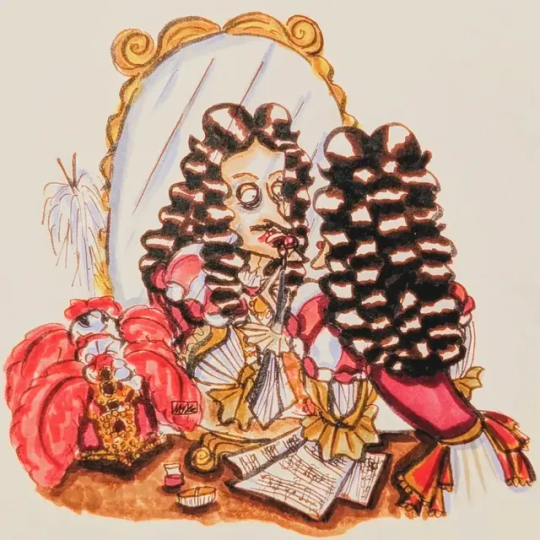

Before Austria wore trousers Austria wore bright red lipstick
Or: Leopold I backstage 💋
#Do i miss being an actor? No lol. Do not ever ask me this again. I hope some day i will </3#Leopold i#habsburg history#17th century#baroque history#Emperor leopold i#hre#holy roman empire#My art#historical art#22 Dec Update: yeah i think i miss it a bit
3 notes
·
View notes
Text
Objective #8 is done. I still might need to take a minute to go outside shortly.
But for now, onward to score study.
#amy rambles#amy's to do list#baroque history#catholic university of america#cua#musicology#music major#i am once again questioning whether i want to make this the next six and a half years of my life
2 notes
·
View notes
Text
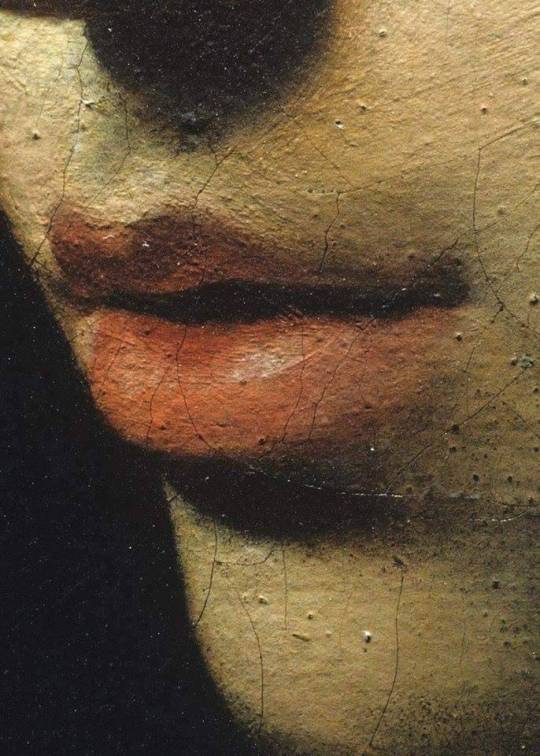
Detail from 'Judith Beheading Holofernes', Caravaggio, 1599
1K notes
·
View notes
Text
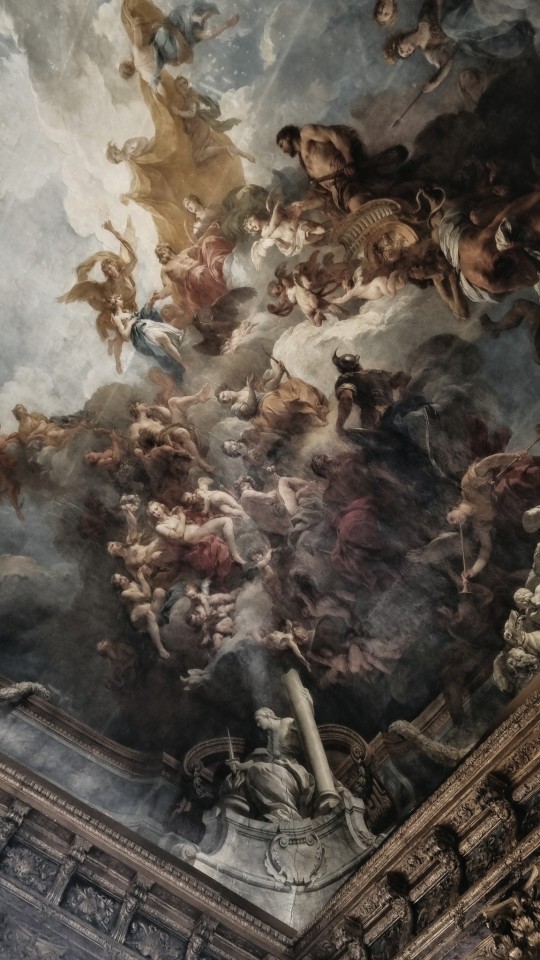

Château de Versailles
Versailles, France, 27 VIII 2023
#architecture#art#photography#travel#classical art#france#art history#my photography#olga's diary#art detail#baroque architecture#baroque#baroque art#paris#Versailles#marie antoinette#places#french art#light academia#light academia aesthetic#romantic academia#royalcore#royal aesthetic#princesscore#academia aesthetic#palace#17th century#european architecture#european art#museums
5K notes
·
View notes
Text

Portrait of Marchesa Maria Serra Pallavicino by Peter Paul Rubens (1577 - 1640)
#art#art history#artwork#culture#history#museums#painting#vintage#baroque#curators#peter paul rubens
2K notes
·
View notes
Text
The Recreation of Caravaggio
#art#artist#art history#artblr#classical art#classic academia#dark academia#goth#gothic#chaotic academia#classic aesthetic#artists#painting#art community#baroque art#baroque painting#renaissance art#renaissance#renaissance aesthetic#aesthetic#classic#museum#oil on canvas#oil painting
3K notes
·
View notes
Text
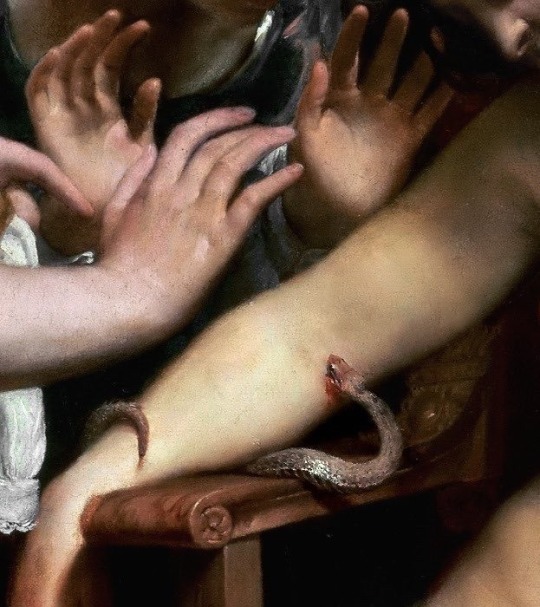

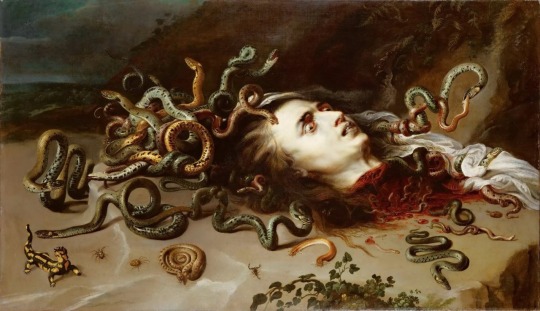
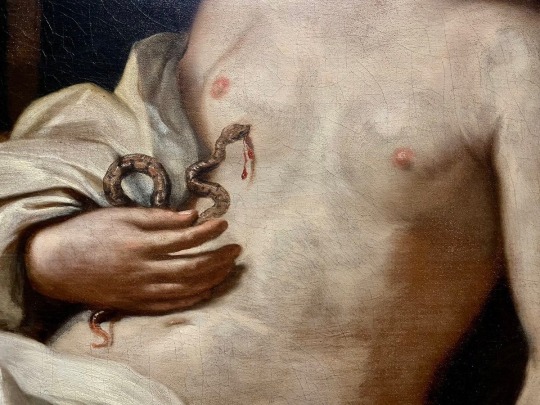


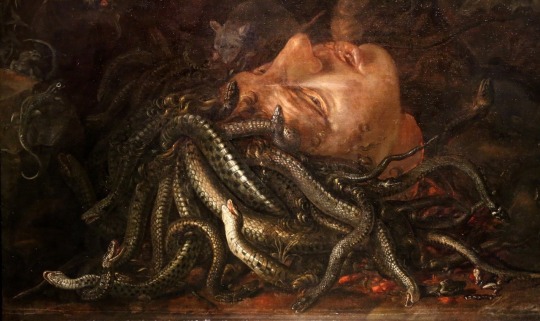



Serpents in paintings
#painting#art#dark academia#goth#gothic#oil on canvas#art history#oil painting#aesthetic#dark academia aesthetic#serpent#mythology#vintage#renaissance#renaissance painting#renaissance art#baroque#baroque painting#baroque art#artist
4K notes
·
View notes
Text

Buda Castle, Budapest, Hungary,
Photo: Nemzeti Hauszmann Program
#art#design#architecture#history#luxury lifestyle#style#luxury house#castle#interior design#luxury home#palace#royal#royal palace#hungary#budapest#buda castle#baroque
1K notes
·
View notes
Text

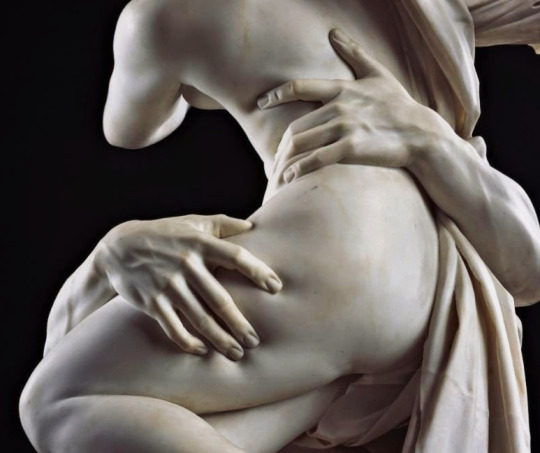

The abduction of Proserpina, Gian Lorenzo Bernini, 1621-22
#art history#art#italian art#baroque#aesthethic#marble#sculpture#greek mythology#roman mythology#proserpina#persephone#hades#gian lorenzo bernini#bernini#galleria borghese#ancient greece#pluton#17th century
2K notes
·
View notes
Photo

Magdalene Grieving (1605) by Caravaggio.
#classical paintings#baroque#dark aesthetic#arthistory#academic art#aesthetic#art history#classical art#classic art#renaissance#painting#art#historical painting#artwork#dark academia#oil painting#dark art#fine art#magdalene grieving#caravaggio
11K notes
·
View notes
Text


Caravaggio, The Sacrifice Of Isaac
The Terror, s1e9, "The C, The C, The Open C"
#the terror#amc the terror#the terror amc#baroque art#art history#classical art#baroque painting#caravaggio#james fitzjames#francis crozier#fitzier
1K notes
·
View notes
Text

Emperor Backstage WIP
#Leopold i#17th century#Baroque history#Baroque fashion#holy roman emperor#my art#history art#historical fanart#I didnt go in expecting this to become a Gender but uh. Here we are 🤡🤡🤡#Update: im so stressed pls let me have this LMAO#((Unrelated)) I keep drawing for an audience for an upcoming popup i have to cleanse with one ugly habsburg sketch every other day now
4 notes
·
View notes
Text
Objective #7 is done. I think I'm taking too many notes.
#amy rambles#amy's to do list#baroque history#catholic university of america#cua#musicology#music major#i'm going to take a walk#and when i say that i mean i'm going to go get a soda and then start the next reading#ugh
2 notes
·
View notes
Text

Pietro Novelli — David with the Head of Goliath (detail). circa 1630s
#pietro novelli#art#art history#art detail#art details#detail#details#painting#baroque#baroque painting#17th century#17th century painting#italian painting#italian#novelli
877 notes
·
View notes
Text
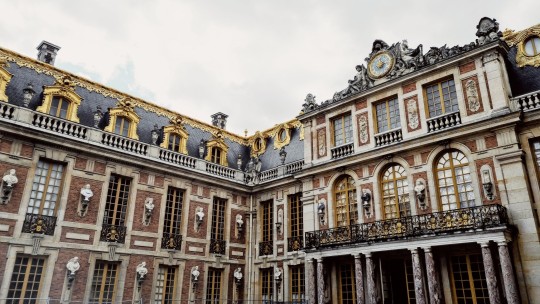


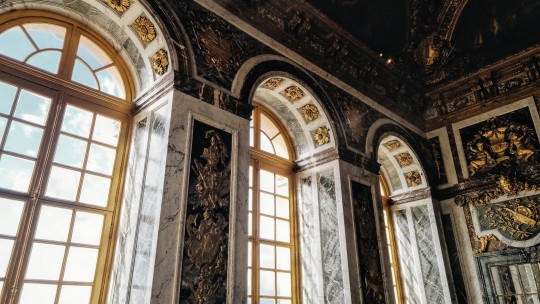
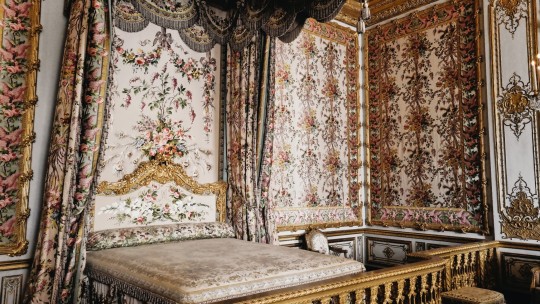
Château de Versailles
Versailles, France, 27 VIII 2023
#architecture#art#places#interiors#travel#france#photography#my photography#art history#marie antoinette#baroque#baroque art#rococo#academia aesthetic#art academia#light academia#romantic academia#royalcore#princesscore#royal aesthetic#royalty#princess aesthetic#baroque architecture#Versailles#french art#aesthetics#historical places#old places#olga's diary#original photography
3K notes
·
View notes